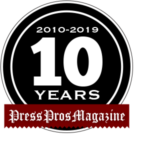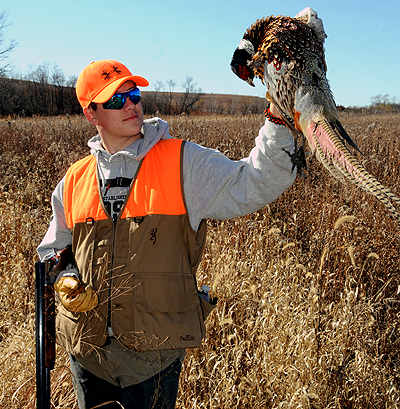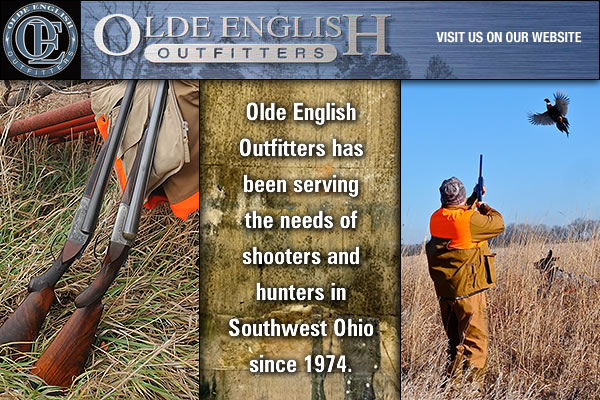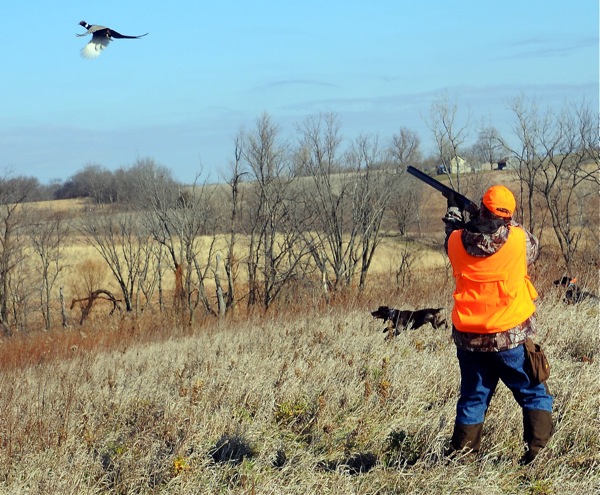It used to be the reason people subscribed to Field and Stream and Outdoor Life. They wanted a good story. Now writing about wildlife adventure is about as rare as the Dodo bird…and it follows a pattern.
Ed. Note: Tom Cappell is a veteran shooter, hunter and free-lance writer from Missouri whose views on the outdoors and the outdoors industry are thought-provoking and always responsible. His columns appear on Press Pros, sponsored by Olde English Outfitters, in Tipp City.
By Tom Cappell
 With appreciation to a pair of readers who shared their enjoyment through social media of our May column about catfishing on the Missouri River…that spawned this month’s writing of why you don’t see classic hunting and fishing stories like that anymore…like the ones that once graced the pages of Field and Stream and Outdoor Life.
With appreciation to a pair of readers who shared their enjoyment through social media of our May column about catfishing on the Missouri River…that spawned this month’s writing of why you don’t see classic hunting and fishing stories like that anymore…like the ones that once graced the pages of Field and Stream and Outdoor Life.
“I enjoy your stories on the Press Pros website,” wrote Robert, from Portsmouth, Ohio. “We catch a few cats from the Ohio River, too, so you had me hook, line, and sinker. Really liked it. You don’t see stories like that anymore.”
No, you don’t, and there’s a reason for it that I’ll share with you here – IMHO, as they abbreviate it for social media.
Where you really see the decline is with hunting stories. Lord, how I waited each month as a teenager for the old Outdoor Life magazines and the details on trips to the plains for pheasant and grouse. Jack O’Connor wrote about elk hunting in the Rockies with his .270 Winchester Model 70; and Byron Dalrymple chased whitetails in the hill country of Texas.
But you don’t see it anymore, and part of the reason is the evolution of habitat and civilization. Farming and land use practices play a part. And let’s face it…hunting is not as popular, or deemed necessary, as a part of modern culture. Frankly, it turns the stomachs of some, and the anti-hunters have always made more noise than those who carry doubles and pump guns behind a Shorthair or Brittany.

Press Pros publisher and editor, Sonny Fulks (who hunts), shares that in the state of Ohio, once prime pheasant country over the northern two-thirds of the state…that now you can walk corn fields for a week and not see a wild rooster. Only in rare, scattered pockets of set-aside ground, here and there managed for birds, will you now find the majestic ringneck. Otherwise, preserve birds are your only option.
Even in my home state of Missouri, the central and southeast regions that once boasted of some of the best pheasant and quail land in the Midwest are now quite modest, and disappointing by comparison to the 50s and 60s. Uncle Mel’s farm, where I grew up and learned to hunt, is still there, but absorbed into a bigger adjacent farm that no longer grow crops. It’s cattle land now…no grain, no weeds, no fence rows, and no birds to speak of.
Another reason for the decline of the classic hunting story is the decline of the classic hunter. There just aren’t that many of us out there, anymore. Culture, again, is having its way. I raised my sons Casey and Cary to hunt, and we did, traveling all over to share the experience of rabbits and roosters…of beagles and pointing dogs. I taught them ethical respect for the environment through hunting – preservation of American values and tradition.
Now, their sons are absorbed with soccer, computers, and video games. Hunting is no as available, or convenient, as it once was…and time is a more precious commodity than it was back then. Hunting, as leisure, is out of the question. Utilization of available time, and productivity, is of the highest priority.
Even out West, where habitat can still be found, along with pheasants and sharp-tailed grouse, you don’t see many hunters anymore. And if you do, not after opening weekend. Five years ago, before the onset of health issues, I spent a December week in western North Dakota – some of the best pheasant hunting in America – and saw one other group of hunters.
And land – all that land – is getting increasingly hard to access. ‘Posted’ signs are the norm as many large sections of grass and crop land are ‘leased’ to private groups. You can knock on doors all you want. You can write all the letters you want. You can carry a Christmas ham in the truck as appreciation for the privilege of getting on someone’s land. But money talks louder than a ham. Hunting, has become pay-to-play.

For forty years legendary Jack O’Connor was the last word on sporting guns and hunting stories for Outdoor Life Magazine.
Finally, and sadly, you don’t have the classic outdoor writers anymore – not like there once was. There’ll never be another Jack O’Connor, even though there are some very good and talented descendants in his image. But the days of Ben East, Byron Dalrymple, Erwin Bauer and Charles Elliott are gone with the wind.
And editorial content has changed. No longer do the contemporaries write two thousand words on kicking brush piles for bunnies. Now content centers around new products – sponsor driven – with more stuff to buy than anyone ever dreamed of in 1965.
But in his day, when Jack O’Connor wrote about climbing the Rockies in search of bighorn sheep, he had us all in the palm of his hand.
When Ben East wrote his classic story about ice fishing on the Great Lakes, Frozen Terror…of being trapped by a sudden winter blizzard with no means of survival except one frozen lake trout, we were all on the edge of our seats as we read.
When Erwin Bauer wrote about squirrel hunting from a canoe – drifting along quiet rivers and creeks as the trees turned resplendent with their fall colors – it gave anyone with a boat a vision of trying something different, and new.
And stories of camping in the field, shore lunches, and squirrel and gravy prepared around a campfire in the same woods from which it was harvested sparked my imagination for a lifetime. Those were the simpler times, and we found simpler means of enjoying them.
Now, shore lunches have been replaced by lodges, fine dining, and prescribed hunting that guarantees you won’t come home empty-handed at the end of the day. An empty wallet, perhaps, but you will have something to show for it.
So Robert, from Portsmouth, I’m thankful for those like you who still enjoy the classic stories of hunting and catfishing. More important, classic hunting and fishing is still there to enjoy. You just have go work harder to find it. But the point is…when you do find it you create your own classic story.
And that’s better, and lasts longer, than reading about it.

Olde English Outfitters, in Tipp City, Ohio, proudly sponsors tales of the outdoors on Press Pros Magazine.com.

